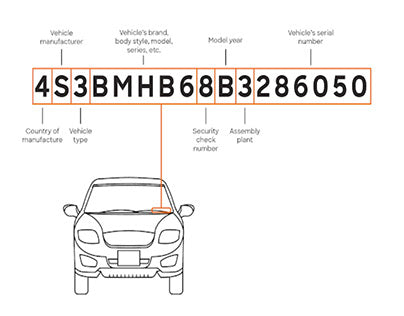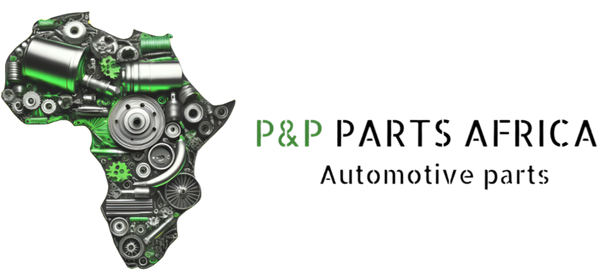
Understanding a South African VIN Number: A Guide for Car Owners
Share
Understanding a South African VIN Number: A Guide for Car Owners
If you’ve ever needed to replace a car part, you’ve likely been asked for your Vehicle Identification Number (VIN). This unique 17-character code ensures you get the right parts, saving you time and money. Here’s everything you need to know about your VIN and how it helps when buying car parts.
What is a VIN?
Your VIN is like your car’s fingerprint—completely unique to your vehicle. It contains essential details such as make, model, year, and engine type, which are crucial for selecting the right replacement parts.
Why is the VIN Important?
Your VIN helps with:
-
Accurate part matching – Avoid ordering incorrect or incompatible parts.
-
Ensuring compatibility – Even within the same model year, parts may differ.
-
Vehicle history checks – Useful when buying a used car to verify authenticity.
Where to Find Your VIN
Your VIN is typically located in the following places:
-
Driver’s side door frame – Look for a sticker or plate.
-
Dashboard – Near the windshield on the driver’s side.
-
Engine bay – Often stamped on the chassis.
-
Vehicle registration papers – Also found on the license disc and insurance documents.
How to Read Your VIN
Each section of your VIN provides valuable information:
1. First Three Characters (WMI – World Manufacturer Identifier)
Identifies the manufacturer and country of origin. Examples:
-
AAV – Volkswagen South Africa
-
MMM – Ford Motor Company of Southern Africa
-
VF3 – Peugeot South Africa
2. Characters 4 to 9 (VDS – Vehicle Descriptor Section)
This section includes:
-
Vehicle type (e.g., sedan, SUV, truck)
-
Engine size and type (e.g., 1.6L petrol, 2.0L diesel)
-
Body style (e.g., single cab, double cab, coupe)
3. Character 10 (Model Year)
Indicates the model year of your vehicle:
-
A = 1980, B = 1981, C = 1982 (and so on)
-
1-9 = 2001-2009
-
A = 2010, B = 2011, C = 2012 (and so on)
4. Character 11 (Assembly Plant)
Shows where your vehicle was assembled, which can impact part variations.
5. Characters 12 to 17 (Serial Number)
A unique identifier for your specific vehicle, useful for verifying authenticity and history.
How to Use Your VIN When Buying Car Parts
-
Locate and note your full 17-digit VIN.
-
Provide it to your parts supplier – Ensures the correct match.
-
Use a VIN lookup tool – Some suppliers offer decoding services.
-
Double-check compatibility before purchasing.
Watch Out for VIN Red Flags
Be cautious of:
-
Mismatched VINs – If the VIN on the car doesn’t match its documents.
-
Tampered VIN plates – Scratches or alterations may indicate fraud.
-
Incorrect VIN length – A valid VIN is always 17 characters long.
Final Thoughts
Your VIN is the key to getting the right car parts. Before ordering a replacement, check your VIN first to avoid errors and unnecessary expenses.
Need help finding the right part? Send us your VIN, and we’ll ensure you get exactly what your car needs!
